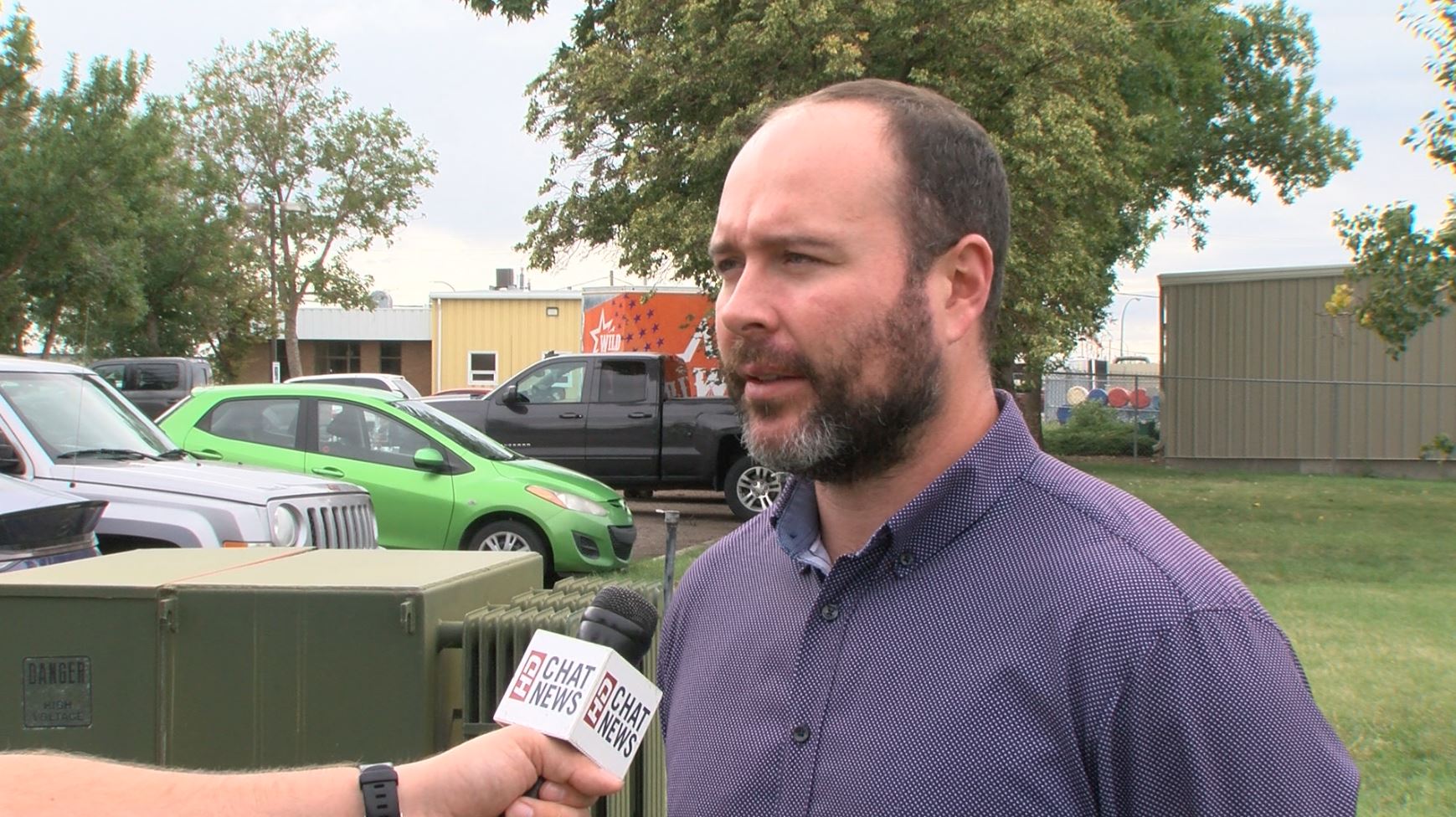
Medicine Hat carries out infrastructure upgrades to prepare for electric vehicles
Farm owner Laverne Gill is among a small but steadily growing minority of Albertans who own an electric vehicle, a trend the City of Medicine Hat is preparing for by upgrading its energy infrastructure.
“They pull like a freight train,” Gill said Tuesday of 2024 Chevrolet Silverado that he bought a month ago.
“You do see a degradation in the batter use with the extra weight behind, but as far as acceleration and that kind of thing, you don’t notice hardly anything, so very, very positive from that aspect.”



